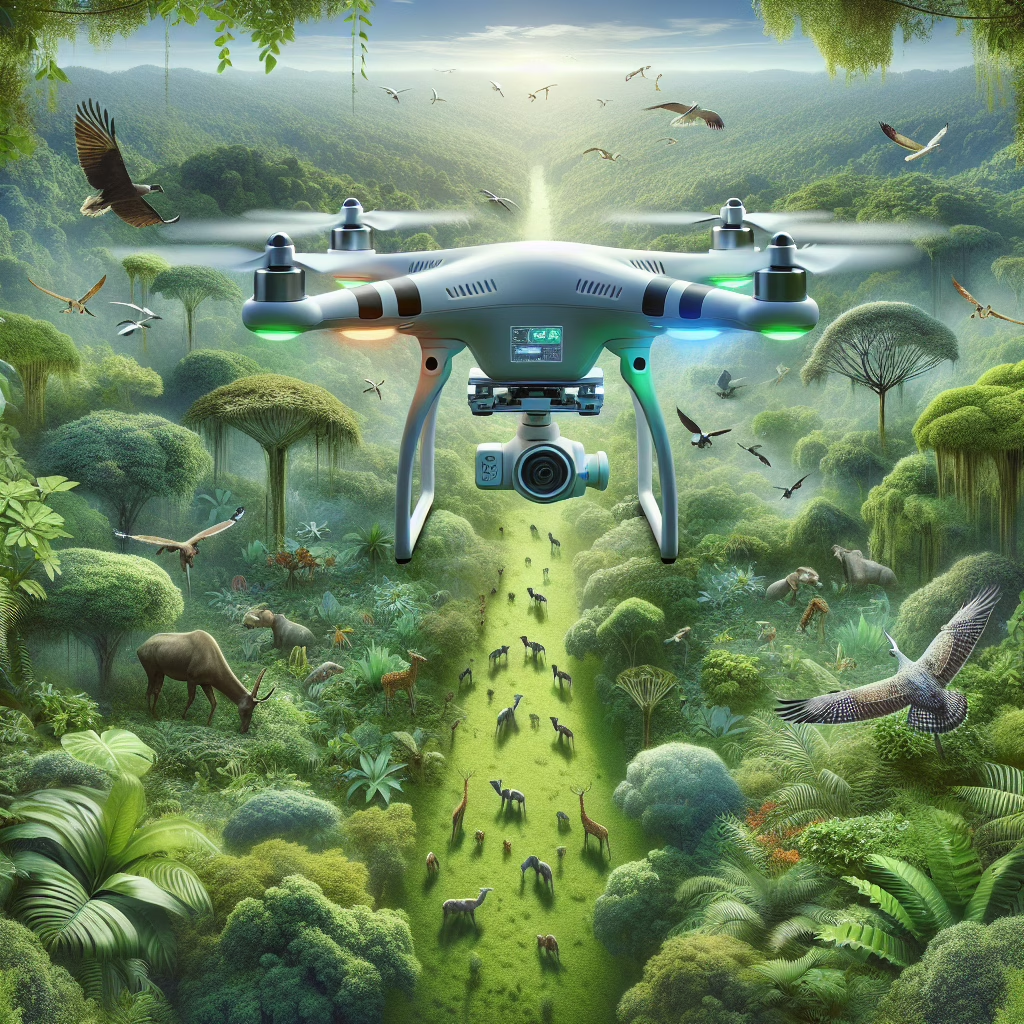In a world where technology seems to be evolving faster than a cheetah on roller skates, artificial intelligence (AI) is stepping into the ring to help save our planet’s wildlife. Yes, you heard that right! AI isn’t just for making your smartphones smarter or predicting your next binge-watch; it’s also becoming a crucial ally in wildlife conservation. So, let’s dive into how AI is tackling some of the biggest challenges in protecting our furry and feathered friends.
AI: The New Superhero for Wildlife Conservation
Imagine a superhero—let’s call him Captain Conservation—who can analyze vast amounts of data faster than you can say “endangered species.” That’s precisely what AI does! By crunching numbers, recognizing patterns, and even predicting animal behaviors, AI assists conservationists in making informed decisions. With the help of machine learning algorithms, researchers can track animal populations, monitor habitats, and even detect poaching activities before they escalate into full-blown crises.
But wait! There’s more. AI doesn’t just sit back and observe; it actively engages in wildlife monitoring through technologies like drones and camera traps. Imagine a drone equipped with AI flying over the savannah, keeping an eye out for suspicious activity while simultaneously taking stunning aerial selfies of elephants! Now that’s multitasking at its finest.
The Role of Data in Wildlife Conservation
Let’s talk about data—the lifeblood of modern technology and conservation efforts alike. Every time we interact with our devices, we generate data that can be analyzed for insights. In wildlife conservation, this data comes from various sources: satellite imagery, GPS collars on animals, and social media posts (yes, even social media has a role!).
Using this data effectively is where AI shines. For instance, researchers can use satellite imagery combined with AI algorithms to monitor deforestation rates in critical habitats. By pinpointing areas that are rapidly losing trees, conservationists can take action before it’s too late. Think of it as giving nature a digital check-up!
AI Tackling Poaching: The Digital Watchdog
Poaching remains one of the most significant threats to wildlife worldwide. But fear not! Our tech-savvy sidekick—AI—is here to help fight this battle. By utilizing advanced algorithms to analyze patterns in poaching incidents, conservationists can predict where poachers are likely to strike next.
Imagine a group of rangers equipped with AI-powered tools that alert them when unusual activity occurs near protected areas. It’s like having a crystal ball that tells you when trouble is brewing! With these insights, rangers can deploy resources more efficiently and increase their chances of catching those pesky poachers red-handed.
Innovative Applications of AI in Wildlife Conservation
The innovative applications of AI are not limited to data analysis and monitoring. They extend into areas like wildlife health management and habitat preservation.
- Health Monitoring: AI can analyze data from various sensors to detect patterns in animal health, helping to identify diseases early.
- Habitat Restoration: AI algorithms can assess existing environmental conditions and suggest the best methods for restoring habitats, ensuring the ecosystem remains balanced.
- Community Engagement: AI-powered platforms can facilitate education and involvement from local communities, making them active participants in wildlife conservation efforts.
The Future: A Partnership Between Humans and AI
The future of wildlife conservation looks bright—and it’s thanks to the partnership between humans and AI. As we continue to develop more sophisticated technologies, we enhance our capacity to protect endangered species and their habitats. It’s not just about saving animals; it’s about preserving biodiversity for future generations.
Moreover, this partnership encourages collaboration across various sectors. Governments, NGOs, tech companies, and local communities can come together to leverage AI for impactful conservation strategies. Picture this: scientists brainstorming with tech innovators while sipping coffee and discussing how many pixels it takes to track a gorilla in the wild—sounds like the ultimate geek meet-up!
Conclusion: Join the Conversation!
In conclusion, AI is not just a buzzword; it’s a game-changer for wildlife conservation. By harnessing its power alongside human ingenuity, we stand a better chance at protecting our planet’s precious biodiversity. So whether you’re an aspiring environmentalist or just someone who loves cute animal videos online, keep an eye on the incredible ways AI is transforming wildlife conservation.
We’d love to hear your thoughts on how technology could further aid in protecting wildlife! Feel free to share your ideas in the comments below.
A special thank you to The Verge for inspiring this article on AI’s role in wildlife conservation!

